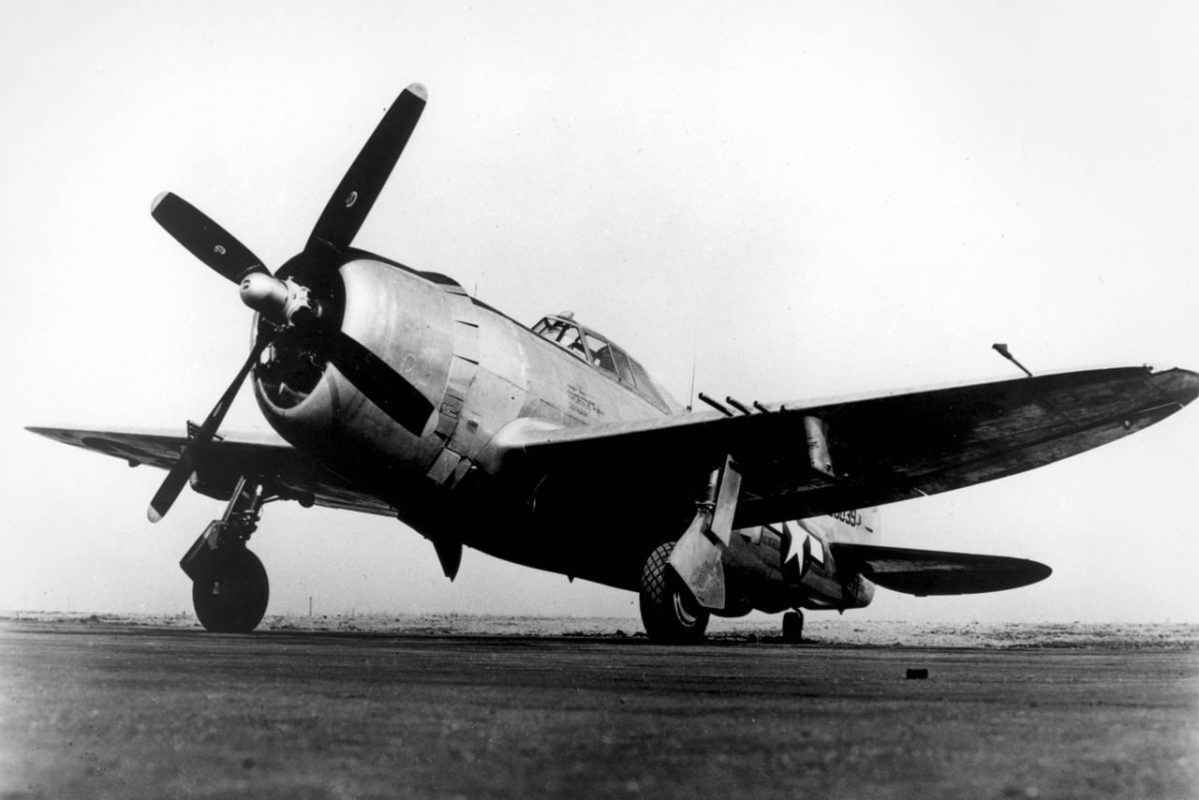In 1974, aircraft designer Alexander Kartveli died at the age of 77. Among the plane he designed was the P-47 Thunderbolt; in their obituary for Kartveli, The New York Times succinctly explained the P-47s role in World War II. “It was a tough single engine fighter that, along with the P‐51 Mustang and the P‐38 Lightning, carried out the bulk of the American fighter assignments so vital to the Allied victory in World War II,” wrote Richard Witkin.
The P-47 Thunderbolt was produced in mass quantities during the war, and pushed at the limits of what was technologically possible at the time. In a new article for Smithsonian Magazine, David Kindy ventured into the plane’s history to explore its impressive reputation.
Simply looking at the statistics reveals a compelling narrative. “[The P-47 Thunderbolt] had an exceptionally low rate of loss — .07 per mission — while Thunderbolt pilots racked up an impressive 4.6-to-1 aerial kill ratio,” Kindy writes. “Of the 15,683 P-47s built between 1941 and 1945, only 3,499 were lost in combat.”
The article makes the case for the P-47’s versatility. Jeremy Kinney, of the Smithsonian’s National Air and Space Museum, explained why. “The Thunderbolt was the hammer: big and strong, it could take a lot of punishment and still deliver a lethal blow,” Kinney said. “It was unparalleled as a ground-support aircraft and it was also a great dogfighter.”
The P-47 was the largest single-engine aircraft of its kind during the war, and its design blended size and durability with speed. That made for a fighter plane that could be used on a variety of missions, and which could respond to changing situations with ease. It’s a fascinating history in its own right — and a glimpse at a plane that helped change history as well.
Thanks for reading InsideHook. Sign up for our daily newsletter and be in the know.










